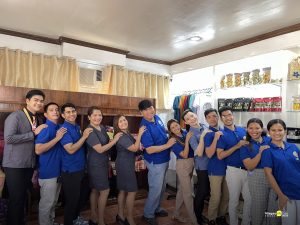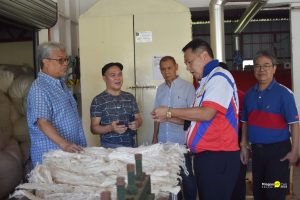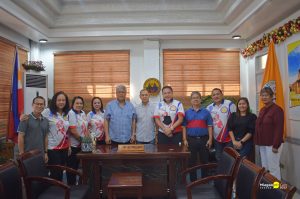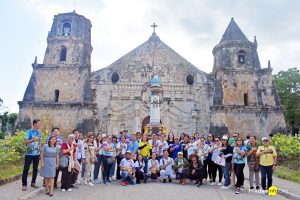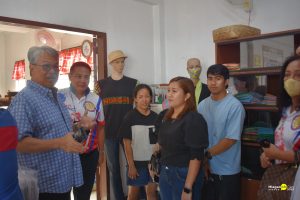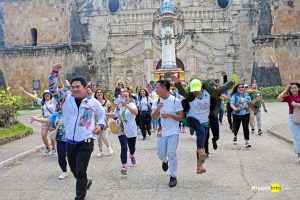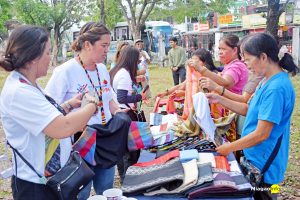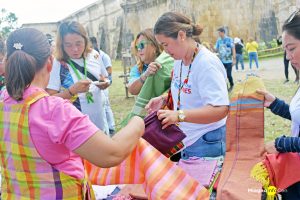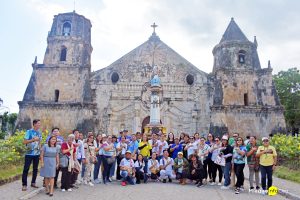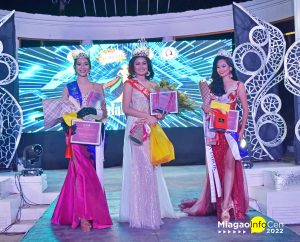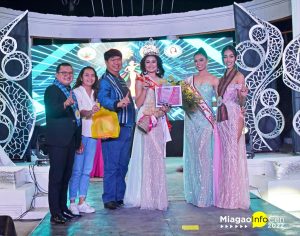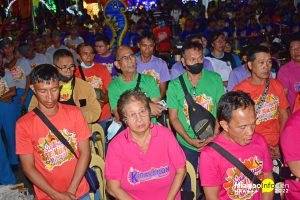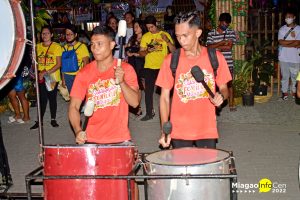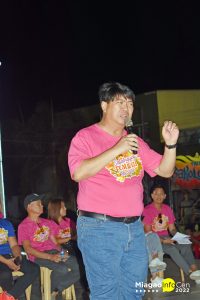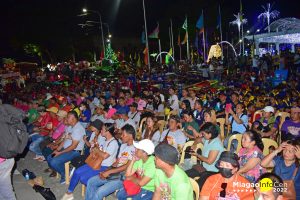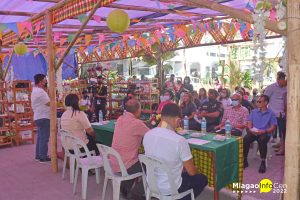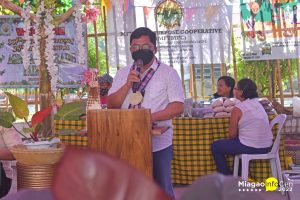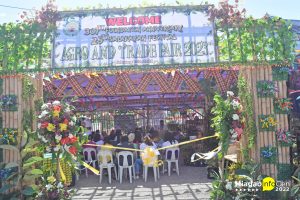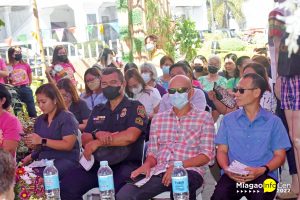by Municipality of Miagao | Mar 20, 2023 | News, Tourism
It will be easy access to Miagao products for tourists coming in to town.
This Pasalubong center on the left side of the JRBB Hall is officially open to serve you all.
Visit and taste some Miagaowanon delicacies. Let us support local!
by Municipality of Miagao | Feb 23, 2023 | News, Tourism
We are honored by your visit – National Movement of Young Legislators (Alumni Association).
by Municipality of Miagao | Feb 23, 2023 | News, Tourism
Miagao was among the municipalities in the Province of Iloilo that was chosen as the venue for the visit of media influencers.
They came to Miagao on February 21st as part of the 3-day Philippine Tour Guides’ Hybrid Conference 2023 on February 18-22, 2023.
The visit was also an opportunity for the town to showcase its best tourist attractions, one of which is the Miagao Church.
For the part of the organizers, Provincial Tourism Officer Mr. Gilbert Marin expressed his gratitude to the Municipality headed by Mayor Richard Garin and Tourism Officer Mrs. Mary Diane Flordeliza for the warm accommodation.
by Municipality of Miagao | Feb 8, 2023 | News, Tourism
“Incidental lang ra kun sin-o ma daug. You may win you may lose, but your participation tonight, that is already a champion in your own way. Importante naka partisipar ikaw, naka contribute ikaw.”
– Mayor Richard Garin, Miss Salakayan 2023, February 6, 2023.
𝗠𝗜𝗦𝗦 𝗦𝗔𝗟𝗔𝗞𝗔𝗬𝗔𝗡 𝟮𝟬𝟮𝟯 𝗪𝗜𝗡𝗡𝗘𝗥𝗦
WAYNCY P. NAGPATON – Miss Salakayan 2023
COLETTE D. MODESTO – 1st Runner – Up
AGNES N. LEONGSON – 2nd Runner – Up
You did a great job representing your tribe. Congratulations to everyone!
by Municipality of Miagao | Feb 8, 2023 | News, Tourism
“Indi lang ninyo paglantawa ang success kang Salakayan Festival sa kadarag-an kang inyo grupo. It is your participation that made this successful. Salamat guid.”
This was one of the highlights of the speech of Mayor Richard Garin before thousands of Miagaowanons who attended the Opening Program of the Salakayan Festival on February 6, 2023.
“We celebrate Salakayan Festival to commemorate, give thanks and to make this a challenge to all of us on how we live and value the sacrifices of our forefathers,” he said.
Salakayan Festival is a weeklong celebration, on February 6 to 12, 2023, is a tribute to the town’s forefathers who successfully defended the land from the attacks of the Muslim pirates.
Come and visit Miagao. Enjoy with us!
by Municipality of Miagao | Feb 8, 2023 | News, Tourism
Farmers will have their share of exposure in the weeklong Agro-Trade Fair of the Salakayan Festival.
The Agro-Trade Fair, organized by the Office of the Municipal Agriculturist, gives opportunity to the barangays to exhibit their agricultural and industrial products.
Let us support local. Visit the fair at the Municipal Building Grounds!
